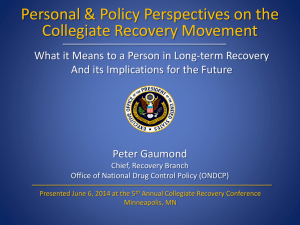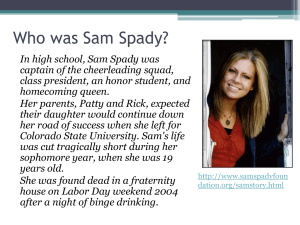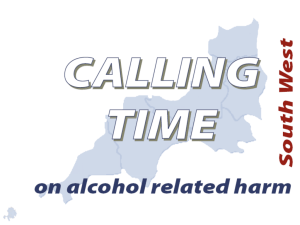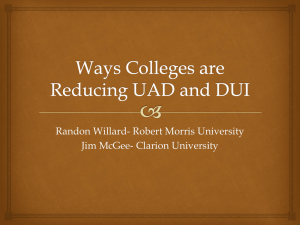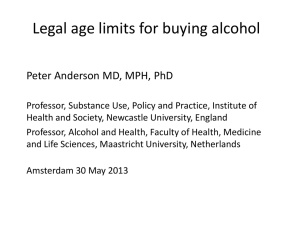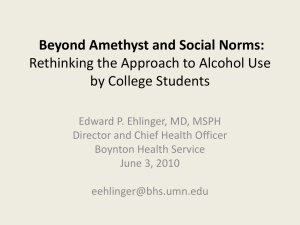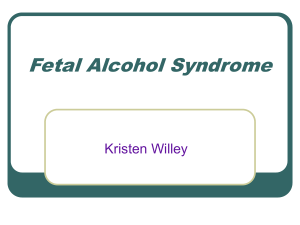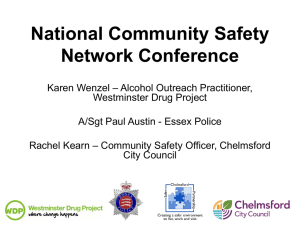Binge drinking
advertisement
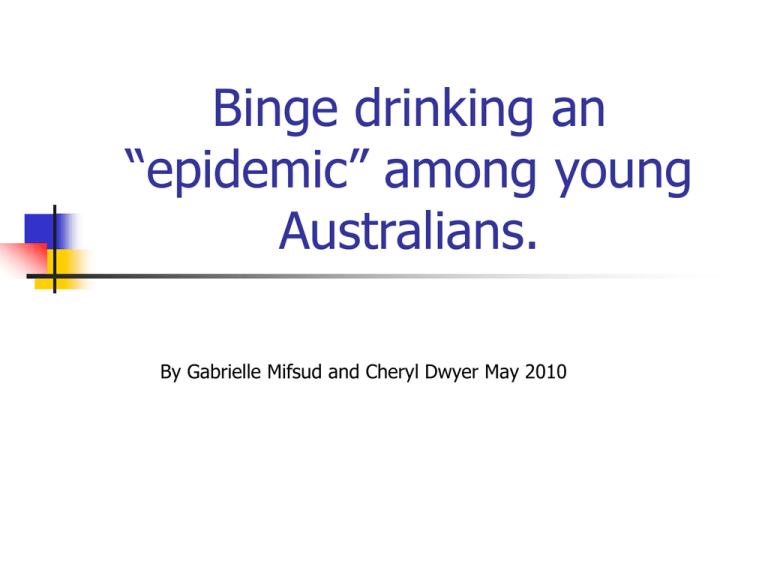
Binge drinking an “epidemic” among young Australians. By Gabrielle Mifsud and Cheryl Dwyer May 2010 Binge drinking Drinking large amounts of alcohol all at once is called binge drinking. This form of drinking to intoxication is dangerous and in extreme cases can lead to alcohol poisoning or death. http://dapcat.org/resources/prevention-and-treatment-definitions/ After another massive night, Diogenes (412-323BC) wakes up inside a ceramic urn in an alleyway. News Year is traditionally a time when many drink excessive amounts of alcohol. This picture is from a 1912 postcard mailed in the United States. ALCOHOL IN AUSTRALIA – A HISTORY OF DRINKING Rear Vision Radio National The consumption of alcohol in Australia has followed a V-shaped curve. 19th century13-14 liters' pure alcohol per head per year. High point 1980’s onwards. 9-10 liters’ pure alcohol per year. Low point 1930’s 2-3 liters’ per head largely due to the depression •Alcohol arrived in Australia with the First Fleet •Alcohol as recreational drinking in the bush •Temperance organizations advocating temperate/ moderate use of alcohol – then demanding its prohibition. This decade plateau of 8-9 liters per head per year •WOWSER! ALCOHOL IN AUSTRALIA – A HISTORY OF DRINKING Rear Vision Radio National Late 19th century – licensing provisions – opening hours of pubs, cutting back on number of establishments. During WW1 – 6 o’clock closing Following end of WW1 - Growing prosperity, cultural changes, particularly role of women, began to alter the way we drank. 1960’s – wine cask – wine becomes popular. 1960’s – inquiries into liquor licensing and liberalizing of the hours. 1980’s – some 24hr licenses. Concern developed (post war) from a health point of view and population approach, of the effects of alcohol Taxes raised to dissuade people Late 1980’s – national alcohol policy in Australia. Present day – Federal government tax increase on alcopops. Pre-mixed alcohol drinks by 40% . Sales of spirits by 20% BINGE DRINKING AND ITS EFFECTS Binge drinking effects binge drinking QLD.mp4 •the individual •those around the drinker •the wider community Facts and Figures 10 percent of teenagers binge drink every week 50 percent of 16-year-olds drink at harmful levels 35 percent of teenage males consume between 11 and 30 drinks per session one third of 18-24 year old Australians consider themselves to be binge drinkers 41 per cent of young people surveyed have drunk so much they’ve passed out on at least one occasion. (Alcohol Education Rehabilitation Foundation) More teenagers die from the effects of alcohol than any other drug What’s Happening? Social scientists have blamed anaemic regulation of alcohol advertising, the fact that young people are growing up in disconnected communities amidst unprecedented social change, global economic turmoil, high levels of family breakdown, stratospheric levels of discretionary income, and the ‘tamagotchi’ parenting practices – zero supervision, no limits or boundaries, an epidemic culture of ‘I-justwant-to-be-her-friend’ indulgence. Michael Carr-Gregg How Do We Deal With This? Almost 40% of under-age drinkers get their supply of alcohol from their parents, and only 5% buy it themselves and over the weekend, the Australian Drug Foundation have suggested what could be part of multipronged vaccine for this teen binge drinking pandemic. Can we reduce consumption of alcohol? ? ? Drinking age? – In the US, where the drinking culture was forever changed by Prohibition, the drinking age was raised to 21 in the 80’s Will this eliminate the illegal culture around alcohol consumption. Italy – drinking age of 16yrs. Consume less alcohol and have less alcohol related problems with youth. Alcohol is about the culture they are immersed in. Australian guidelines to reduce health risks from drinking alcohol In 2009, the National Health and Medical Research Council (NHMRC) published the Australian Guidelines to Reduce Health Risks from Drinking Alcohol. The Guidelines are based on extensive research and are set out below. Guideline 1 - Reducing the risk of alcohol-related harm over a lifetime The lifetime risk of harm from drinking alcohol increases with the amount consumed. For healthy men and women, drinking no more than two standard drinks on any day reduces the lifetime risk of harm from alcohol-related disease or injury. Guideline 2 - Reducing the risk of injury on a single occasion of drinking On a single occasion of drinking, the risk of alcohol-related injury increases with the amount consumed. For healthy men and women, drinking no more than four standard drinks on a single occasion reduces the risk of alcohol-related injury arising from that occasion. Guideline 3 - Children and young people under 18 years of age For children and young people under 18 years of age, not drinking alcohol is the safest option. a) Children under 15 years of age are at the greatest risk of harm from drinking and that for this age group, not drinking alcohol is especially important. b) For young people aged 15−17 years, the safest option is to delay the initiation of drinking for as long as possible. The reason for this is that alcohol can affect brain development and lead to alcohol-related problems in later life. Advertising: Alcohol companies spend about 80 per cent of their advertising budget on sport (By Western Sydney reporter George Roberts) The results, published in the Drug and Alcohol Review, show that the "loutish" and "drunken" behaviour of sport stars has little bearing on how much young people drink . http://www.abc.net.au/news/stories/2010/04/22/2880491.htm Making it attractive? "I think there very much is a culture of drinking that's associated with sport," he said. "I think that a large part of that culture comes around because the alcohol industry does team up with sport in terms of their sponsorship, advertising and marketing. researcher and the head of Biomedical and Health Science at the University of Western Sydney, Professor Greg Kolt,. Does Advertising have an impact? Professor Kolt has drawn a comparison between alcohol advertising in sport and tobacco advertising, which is now banned. Some young people suggested that education should begin at a very early age and be ongoing throughout school to push the message that binge drinking is not something exciting, but that it is dangerous. Raising awareness The Department of Health and Ageing has partnered with the Inspire Foundation to produce materials to raise awareness and promote discussion of the impacts of binge drinking amongst young people. Government Initiative Kevin Rudd has announced a $53 million program as an initial attempt to put a cap on binge drinking among young Australians.(2008) The campaign would have three parts - codes of conduct, stronger powers for authorities and a national advertising program. “ A series of graphic television ads form the centrepiece of a $20-million Government campaign to tackle teenage binge drinking. The campaign targets 15 to 17 year olds “You'll see that this is actually very real life and that's the message that we want to get through to young people who think that they're bullet proof," Federal Health Minister Nicola Roxon http://www.abc.net.au/news/stories/2008/11/21/2426329.htm Will these initiatives work? What is needed to begin changing the culture of drinking? Can it be changed? How do we prepare the young people to face these situations and make positive choices? As Catholic educators what is our role? Useful resources: Australian Government Department of Health and Ageing Here you will find additional resources on the National Binge Drinking Strategy Alcohol and young people: a guide for parents Secondary supply – state by state Drink spiking Teachers materials Resources in other languages Resources order form References www.today.ninemsn.com/article.aspx?id=389689 Australian Government, Department of Health and Ageing, www.alcohol.gov.au www.drugactionweek.org.au www.salvos.org.au www.health.vic.gov.au/drugs/alcohol/youth/campaign.htm http://www.youth.gov.au/ayf/documents/AYFwebsiteBingeDrinki ngSummary.pdf. http://dapcat.org/resources/prevention-and-treatmentdefinitions/ http://www.abc.net.au/news/stories/2008/11/21/2426329.htm

